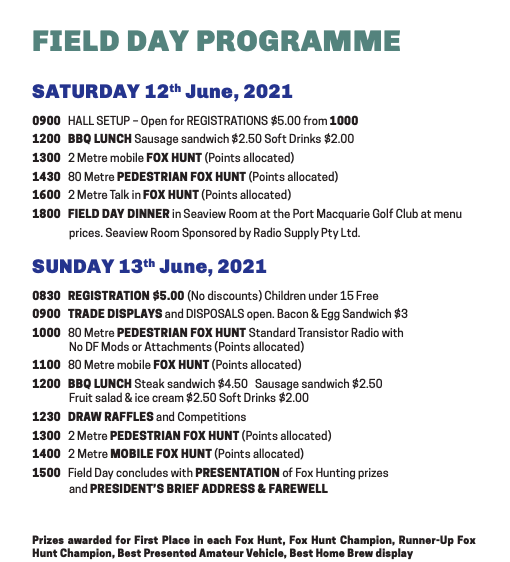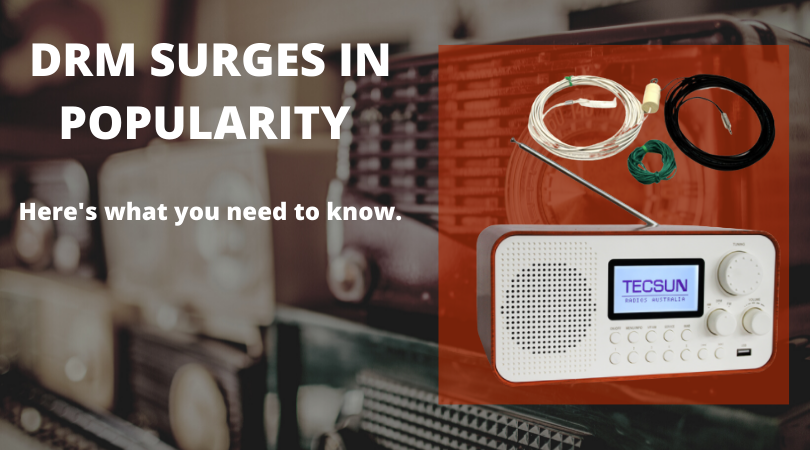
After many years of stagnation, DRM is emerging as a perfect fit for shortwave broadcasters seeking to increase their audience, and at the same time reducing their energy consumption.
DRM is an open source, non proprietary standard for terrestrial broadcasting, promoted by the DRM Consortium, a group of transmission equipment and receiver manufacturers as well as international broadcasters.
Over 30 broadcasters from around the world now carry DRM broadcasts. The latest schedule can be found here: http://www.hfcc.org/drm/
To receive DRM broadcasts a suitable receiver is required. The GR216 receiver, https://www.tecsunradios.com.au/store/product/tecsun-drm-radio/, promoted by Tecsun Radios Australia is a high-performance receiver, both on DRM and analogue shortwave. It is a self-contained unit, with provision for the connection of external antennas for shortwave and FM.
The receiver includes a self contained linear power supply which eliminates interference caused in receivers powered by switch mode power supplies.
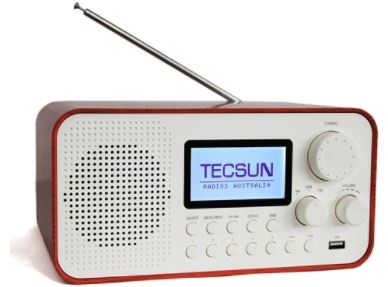
We recommend an external antenna for good DRM reception and our MW/SW Outdoor Antenna https://www.tecsunradios.com.au/store/product/tecsun-shortwave-outdoor-antenna/ is most suitable. This antenna incorporates a 9:1 balun to provide the correct impedance for most shortwave receivers with an external antenna socket.
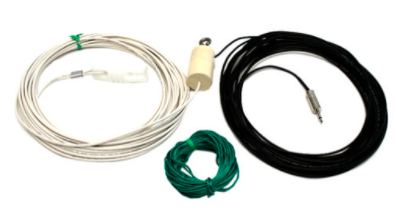
The typical improvement over the same length of wire without the matching components is between 10 and 15dB in signal level.
A word about antennas:
Directional characteristics of random wire and long wire shortwave receiving antennas are dependent upon the antenna length, height above ground, received frequency and directional orientation of the antenna wire. The four elements are interactive.
Generally the antenna should be aimed so that the transmission source is at 90 degrees to the antenna. So if the transmission source is to the West, run the antenna on a North South direction if possible. This works best on antennas that are less than a quarter wavelength in length and mounted a quarter wavelength above the ground (such as the antenna mentioned above).
In the case of a simple longwire without matching, the length of the wire cut for one quarter wavelength at popular DRM frequencies is as follows:
13Mhz: 6 metres in length, 15Mhz: 5 metres in length, 7 Mhz: 10 metres in length
A simple long wire antenna will work better at greater elevation above the ground, ie the higher the better. Multistrand insulated wire will work better and for longer that solid copper wire, which will weaken with repeated movement.
In practical terms, a DRM receiver with an external antenna will be able to hear most current DRM broadcasts from 13-18Mhz. Check the broadcasting schedule for the appropriate times.
Remember that all times are given in GMT and that means AEST (Australian Eastern Standard Time) is 10 hours ahead of GMT. Hence (for example) the BBC Relay from Singapore on 15620Khz will appear between 2pm and 8pm AEST.
One more factor that can influence the success of your reception is the direction in which the signal is being beamed.
This information is also available on the DRM HF schedule site. If you are in the target area you will have a much better chance of sucessfully receiving DRM broadcasts.
Target areas can be seen here: https://www.drm.org/what-can-i-hear/broadcast-schedule-2/
There are many stations that can be received if suitable attention is paid to antenna orientation, and broadcasting schedules, with more stations being added to the schedule every month.
Good Listening !
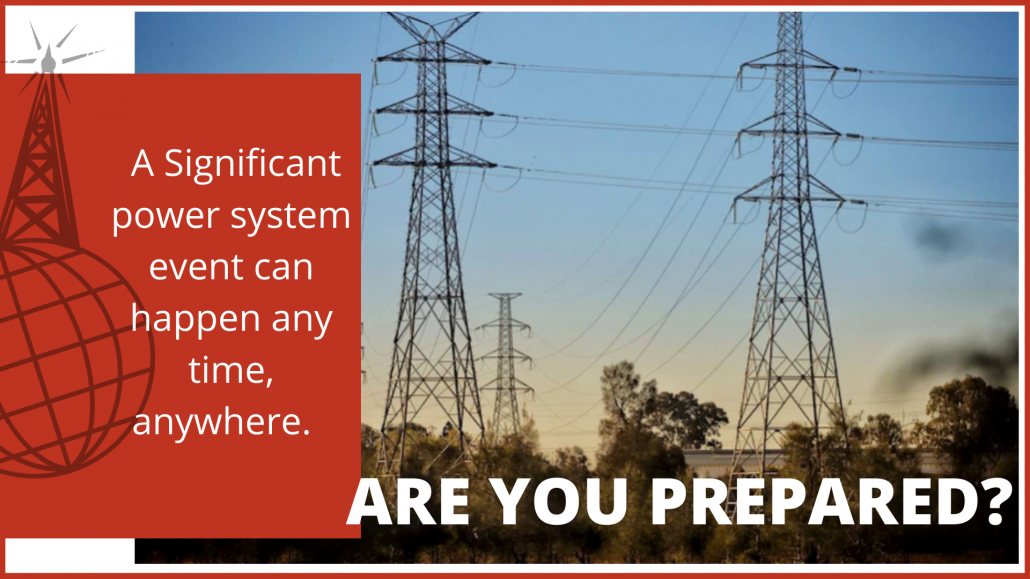
image via Image via https://www.abc.net.au/news/
At 2 pm on Tues 25th May 2021, a fire broke out in a turbine at the Callide power station in Central QLD causing three generators to be shut down. The scenario of a hydrogen-filled generator exploding or failing mechanically causing hydrogen leaks and then also oil leaks, is probably the worst-case scenario in a coal-fired power station, according to Union representatives.
A further domino effect followed, tripping plants further down the network and causing an electricity outage of almost 500,000 homes from northern New South Wales up to far north Queensland.
Chaos ensued with a black-out affecting hundreds of thousands of homes, the Brisbane city traffic lights, shopping centers, sewage treatment plants, and even Gold Coast trams.
The Australian Energy Market Operator (AEMO) requested consumers in Queensland temporarily reduce their energy usage where safe to do so
Thankfully nobody was injured by this incident however, this is a stark reminder that significant power events, similarly, significant weather events ( the two are often related) can occur anywhere at any time.
Is your home prepared for such events?
How to prepare yourself for a power outage.
A severe power outage can last for days, so its a good idea to set aside a day once a year to spend 10 minutes making sure you are prepared if the sudden event of a power outage occurs.
Take an inventory of the items you need that rely on electricity. Plan for batteries and other alternative power sources to meet your needs when the power goes out, such as a portable charger or power bank. Have flashlights for every household member. Determine whether your home phone will work in a power outage and how long battery backup will last.
Make sure you have an emergency radio that can be hand-cranked or solar powered so that you can receive essential emergency broadcasts and instructions when other forms of communications are down. Many top emergency radios feature additional safety features including a flashlight, emergency alarm to attract attention and USB charging.
How to protect yourself during a power outage.
- Disconnect appliances and electronics to avoid damage from electrical surges. Turn off or disconnect appliances, equipment, or electronics. Power may return with momentary surges or spikes that can cause damage.
- Use a generator if you have one, but ONLY outdoors and away from windows to minimise exposure to carbon monoxide.
- Do not use a gas stove or oven to heat your home.
- Keep freezers and refrigerators closed and have alternate plans for refrigerating medicines or using power-dependent medical devices.
- Tune into your local radio emergency broadcast for updates and directions if you are in an effected area
- Grab your emergency kit and keep it close.
Thank you to ready.gov for these tips.
Emergency kits are essential in every household, because you don’t need them till you do.
Do you have an emergency kit prepared at home? Click here to see the full list of what essential items you will need to have packed and ready to go. What is in an emergency kit.
Don’t have an emergency radio yet?
We recommend the Best Emergency Radio which is our highest performance AM/FM/SW Solar Powered Radio with inbuilt Solar Panel and Hand Crank Dynamo Charging. Additional features much needed during an emergency are a LED torch and personal alarm, a siren to gain the attention of emergency services and an inbuilt USB charger.
We recommend the DE13 Emergency AM/FM/SW Solar Radio which is an economy model, featuring a torch, personal alarm, inbuilt Solar Panel, and Dynamo hand crank charger that allows you to recharge the internal battery or charge any device by USB or mini USB including your mobile phone. This is the perfect radio to keep for any emergencies.
Click here to shop these products in our online store.
Tecsun Radios Australia are proud sponsors of the two upcoming field day events.
The CCARC Wyong Field Day “MayHam”2021 on SUNDAY, 30 MAY 2021
And the ORARC 2021 Field Day on Saturday and Sunday the 12th and 13th of June 2021 during the Queens Birthday Long Weekend.
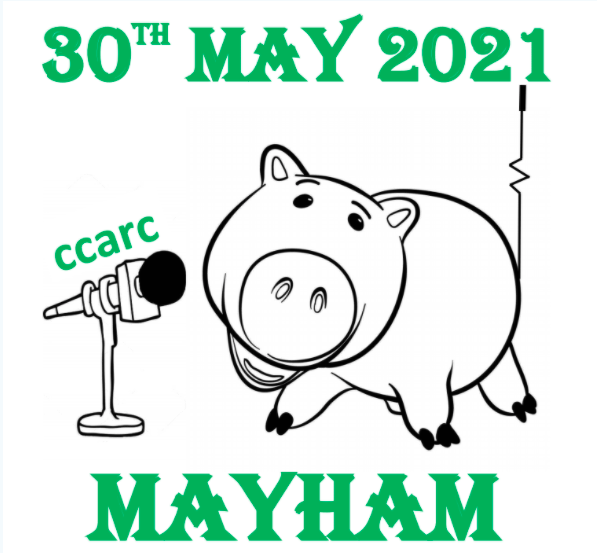
MAYHAM at Wyong will feature car boot sales, new product releases, opportunities to attain or extend or upgrade your radio licenses as well as a fantastic range of lectures on a variety of topics including noise reduction, operational amplifiers, and tube radio.
Tune in while you find a bargain at the car boot sale.

Have you heard about the fox hunt?
Radio direction finding (Fox Hunting) is used to find sources of interference to any form of wireless electronic communications, including broadcast and two-way radio. Amateurs use RDF for a variety of reasons, but more often, they use it just for fun. Hidden transmitter hunting has been done by amateurs for many years. Using ‘hide-and-seek” procedures, amateur radio operators (“Hounds”) take up the task of finding hidden transmitters (the “Fox”). Numerous cunning tricks are played by those hiding a Fox as they seek to elude the Hounds. In Australia, Foxhunting includes travel in a car, and DFing a hidden transmitter on the move, whilst following all current road rules. Then the Hounds, become pedestrians to discover the hiding spot of the transmitter, the “Fox”. Foxhunts can also be held over relatively short courses requiring Hounds to do all of their DFing on foot. Sometimes the”Fox” may be disguised to make the hunt more difficult, so watch out for “Wolves” when you are hunting too. Whatever the case, it is a fun activity!
Fox Hunt Purpose:
- a) Provide practice and enhance skill in radio direction finding for and by radio amateurs.
- b) Promote teamwork within the amateur community.
- c) To help newcomers and old-timers alike in the skills of radio direction finding.
But most of all:
- d) To have fun!
Tecsun Radios Australia is offering free tickets to this event, simply send an email to hello@tecsunradios.com.au with the subject line FREE TICKETS and we will have your name added to the door list.
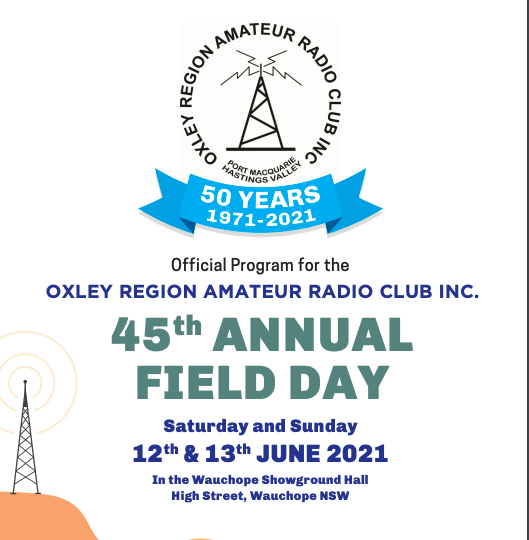
The Oxley Region Amateur Radio Club annual Field Day will be held at the Wauchope Showground hall with all the usual field day activities on Saturday and Sunday the 12th and 13th of June 2021 during the Queen’s Birthday Long Weekend. The Field Day dinner will be held at the Port Macquarie Golf Club on the Saturday night. Mark your calendar now. The Wauchope Showground permits camping so it is possible to stay on site in your own motor home, caravan or tent with power and amenities.
Tecsun Radios Australia have contributed a PL-330 receiver to the ORARC 2021 Field day raffle that will be held during the event.
